Pianos are heavy and delicate, with grand pianos weighing 500-1,200 pounds and uprights 300-800 pounds. Specialized handling is essential to protect their intricate internal components and wooden exteriors from damage.
Moving a piano is one of the most challenging tasks in the moving industry due to the instrument’s size, weight, and delicate nature. Pianos require special handling to prevent damage and make sure they arrive at their new home in perfect condition. Understanding the top challenges of moving a piano and how to overcome them can help ensure a smooth and successful move.
Understanding the Complexity of Piano Moving
Pianos are not only heavy and bulky but also intricate and delicate. A grand piano, for instance, can weigh anywhere from 500 to 1,200 pounds, while an upright piano weighs between 300 and 800 pounds. The weight is unevenly distributed, making maneuvering difficult without specialized equipment and expertise. Additionally, pianos have intricate internal components that can be easily damaged if improperly handled. Keys, strings, and hammers must be protected from jarring movements, and the wooden exterior is susceptible to scratches and dents.
Overcoming Size and Weight Challenges
What makes moving a piano challenging is the instrument’s size and weight. Professional movers use equipment such as piano dollies, straps, and padding to overcome these factors. A piano dolly allows the piano to be moved smoothly over flat surfaces, while heavy-duty straps provide the necessary support to safely lift and maneuver the instrument. Proper padding and wrapping are essential to protect the piano from scratches and other damage during the move.
Navigating Tight Spaces and Obstacles
Another significant challenge is navigating tight spaces, such as narrow hallways, staircases, and doorways. Moving a piano through these areas requires careful planning and precise execution. Professional movers typically measure the dimensions of the piano and the pathways it will travel through to identify potential obstacles. In some cases, doors may need to be removed from their hinges or furniture temporarily relocated to create a clear path.
Using a piano skid board can help when navigating stairs. This device allows the piano to be securely strapped and slid down or up the stairs with control, reducing the risk of damage. In particularly tricky situations, disassembling parts of the piano, such as the legs of a grand piano, can make the move more manageable.
Ensuring Safe Transportation
Transporting a piano in a moving truck presents its own set of challenges. The piano must be securely loaded to prevent it from shifting during transit, which could cause significant damage. Professional movers use wooden planks to create a stable base for the piano in the truck. The instrument is then strapped down securely to keep it in place. Proper cushioning with moving blankets or pads helps absorb vibrations or shocks during the journey, protecting the delicate internal components.
Dealing with Temperature and Humidity Changes
Pianos are sensitive instruments. Changes in temperature and humidity can affect their tuning and overall condition. Moving a piano in extreme weather conditions can be particularly challenging. To overcome this, professional movers recommend scheduling the move during mild weatherwhen possible. If moving during extreme temperatures is unavoidable, taking extra precautions, such as climate-controlled moving trucks, can maintain a stable environment for the piano.
After the move, allowing the piano to acclimate to its new environment before tuning it is essential. Depending on several factors, this process can take a few weeks. Regular maintenance and tuning by a professional piano technician are crucial to keeping the piano in optimal condition after the move.
Addressing Emotional Value and Sentimental Attachment
Pianos often hold significant sentimental value for their owners, adding an emotional layer to the moving process. The instrument might have been a family heirloom or a cherished centerpiece for many years. Professional piano movers understand this emotional attachment and approach the task carefully and respectfully. Clear communication with the movers about any specific concerns or requirements can help alleviate anxiety and ensure that the piano is handled with the care it deserves.
Choosing Professional Piano Movers
Given the complexity and risks involved, it is highly recommended that professional piano movers be hired. These movers have the experience, equipment, and expertise to handle all facets of piano moving, from preparation and packing to transportation and reassembly. They recognize the unique challenges of moving pianos and can provide peace of mind that the instrument will be safely relocated.
In addition to the technical skills, professional movers are often insured, providing extra protection for the piano owner. This insurance can cover any potential damage that might occur during the move, offering reassurance to the piano owner.
Moving a piano is complex and involves several challenges, including its size and weight, navigating tight spaces, safe transportation, and dealing with environmental changes. Overcoming these challenges requires careful planning, specialized equipment, and professional expertise. Hiring experienced piano movers can significantly reduce the risks associated with moving a piano, ensuring the instrument arrives at its new location in perfect condition. Proper care and handling during the move, combined with post-move maintenance, can help maintain the piano’s beauty and functionality for years to come.
Aardvark Movers Inc. is a reliable name whether you need packing services, piano moving, or load or unload services. Call today to learn more about our hourly moving rates.


